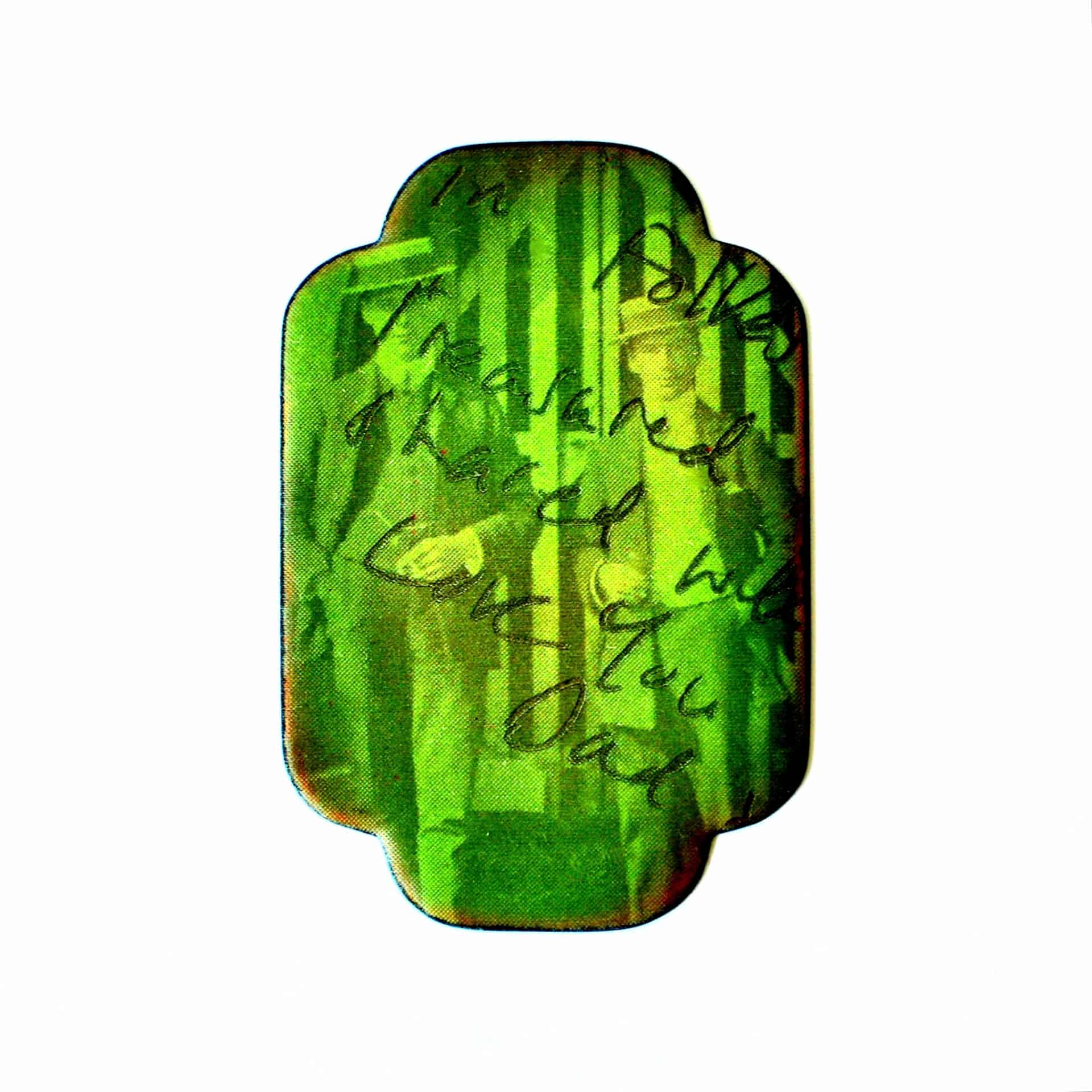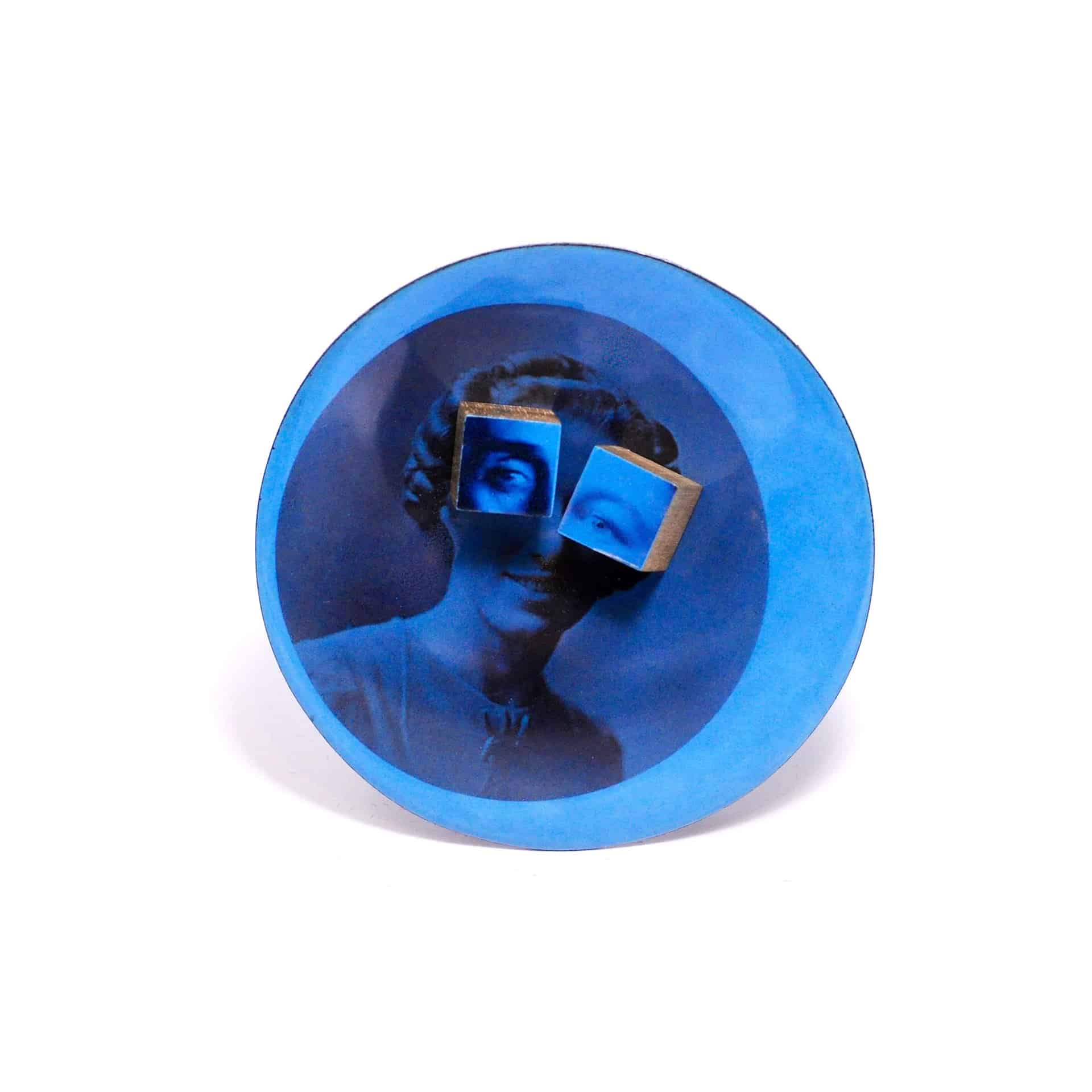Dudley Dialogue
Beginning my research and development for the Living Memory bursary, I felt excited. There aren’t many paid opportunities for early career artists to cut their teeth on, and the Living Memory bursary has given me the opportunity to learn, test out new ideas, take risks and a big step forward in attaining the necessary experience in sustaining a career as a self-employed artist. In my initial application proposal, I had discussed my use of archives and associated social history within my practice as a jewellery artist. One of my main aims in applying for the bursary was to have the time and space to work on an in-depth level with archives other than my own families.
Within the Living Memory Arts Programme, I have been placed at Gather café and community hub, and kicking off my research, I took my first visit to the café and the market town of Dudley. I am immediately drawn to the industrial heritage of the town, especially the use of steel and glass having a material overlap with my own practice. Within these early stages of my research I have also become increasingly aware of wanting to use the opportunity and mentoring to establish a socially engaged practice which is ethically sound from the ground up. From looking at consent, to storing data but also in ensuring that the outcome is meaningful.
So, I started to question my materials, and in particular my use of vitreous enamel. My love of enamel stems from years working as a Jewellery and Silverware specialist for a major auction house. Enamel offers the historic qualities I have an affinity with, but also links directly to the industrial glass heritage of Dudley. If I was going to use enamel as part of this project I decided I wanted to learn a little more about the material, its uses, relationships and properties. So along with my colleagues from the School of Jewellery, I visited enamel manufacturer Milton Bridge in Stoke-on-Trent and was lucky enough to have a factory tour.
Connecting back to the raw material, I began reflecting on my initial proposal – could I use the opportunity to work on a larger scale? Enamel on steel has historically been used for signage, the durability means it’s perfect for use outdoors. I start to think about the garden that Gather are currently constructing at the rear of the café. Accessible via Rutland Passage off the high street, the unused space which has housed anti-social behaviour is now being transformed into a positive safe space that can be enjoyed by the community.
Transferring the fragility of oral history into the permanence of enamel, incorporating the lives and stories of the community that transform an unloved transient space feels like a good place to continue my research. Next up is placing myself at the heart of the community, and more trips to Dudley!
If you have a family story that you would like to share about Dudley, please get in touch at naomi@NWClarke.com and for more information about my work please see NWClarke.com







